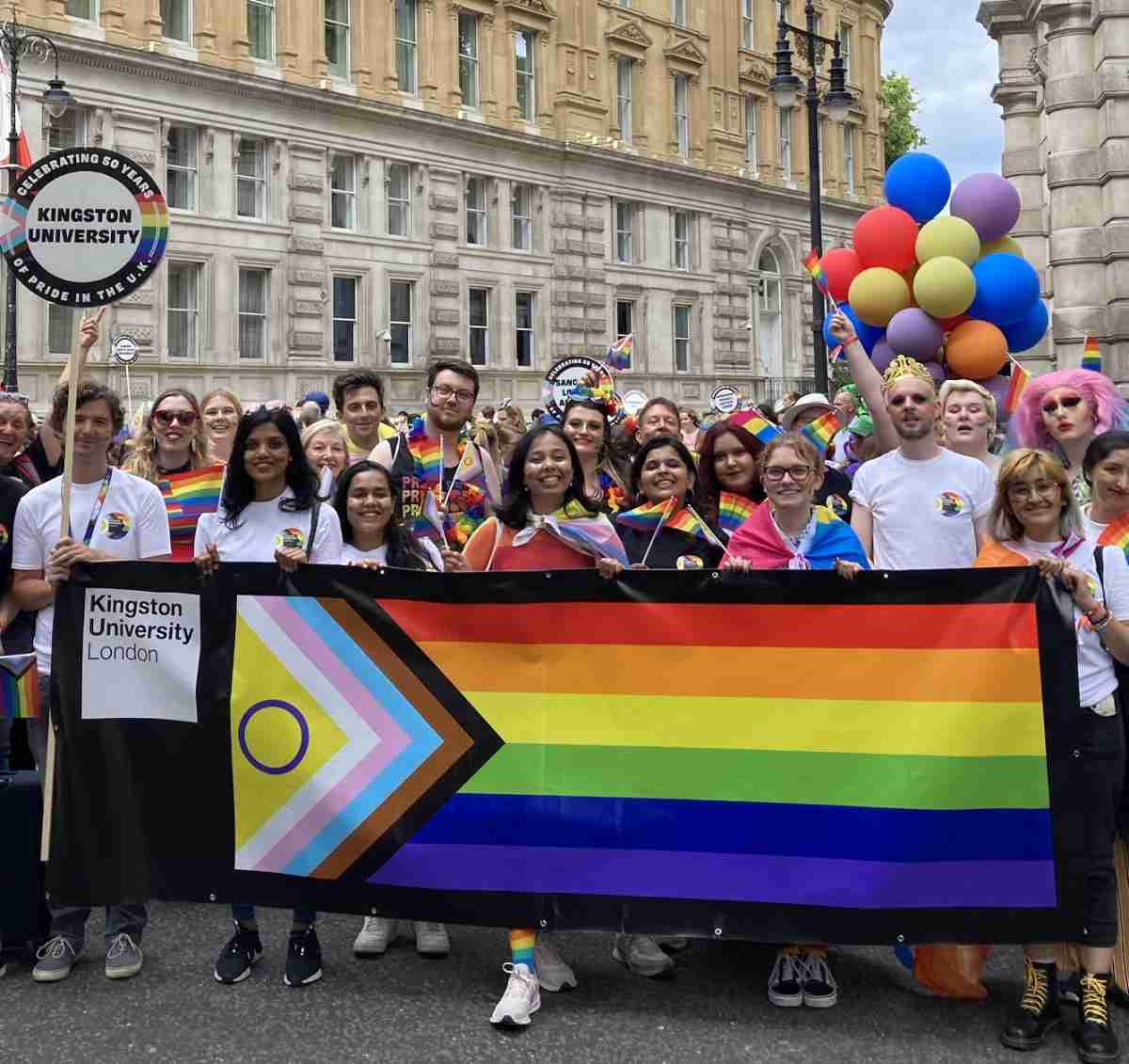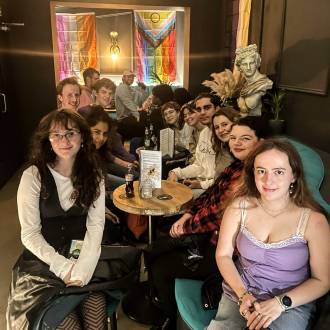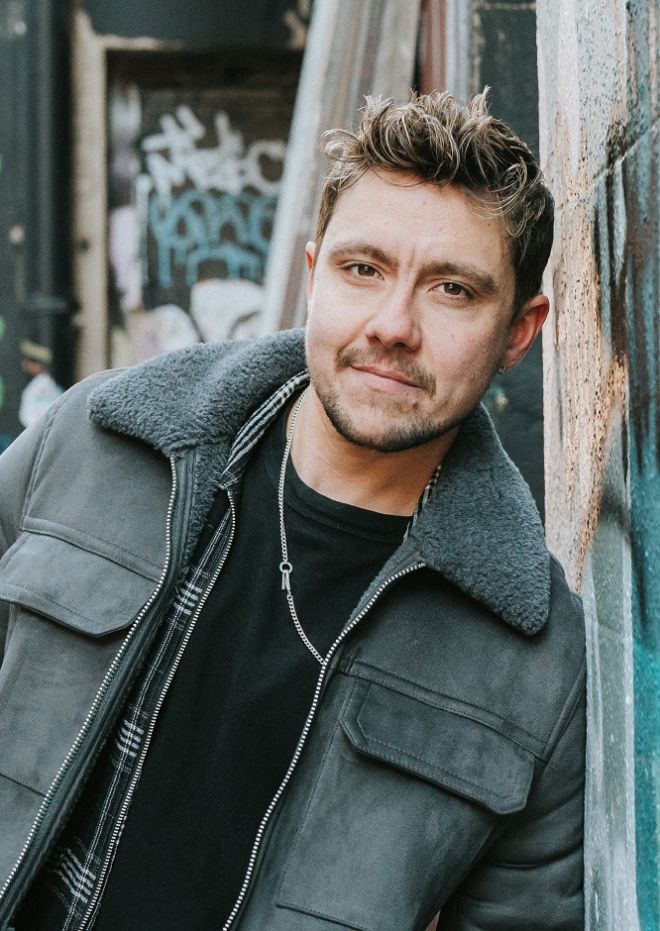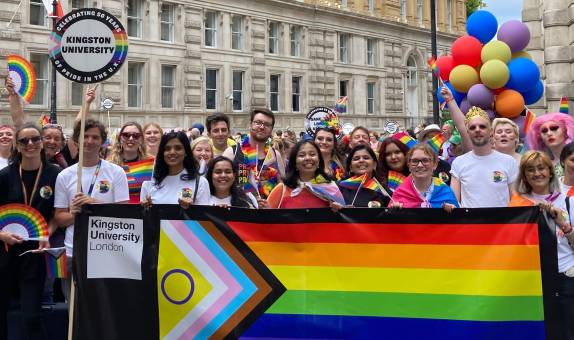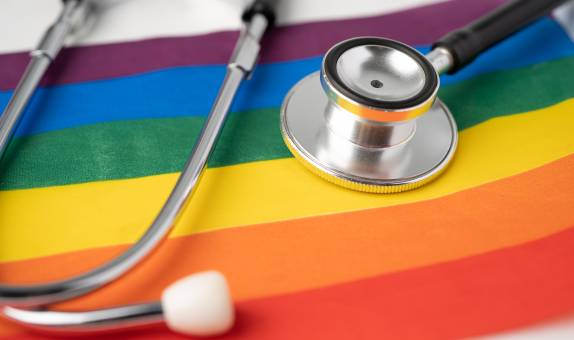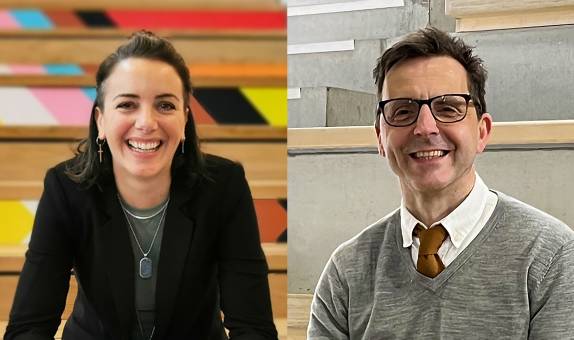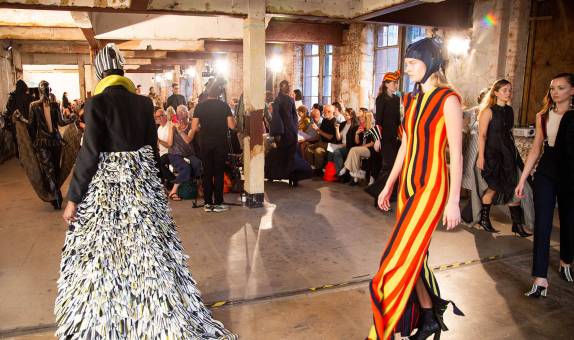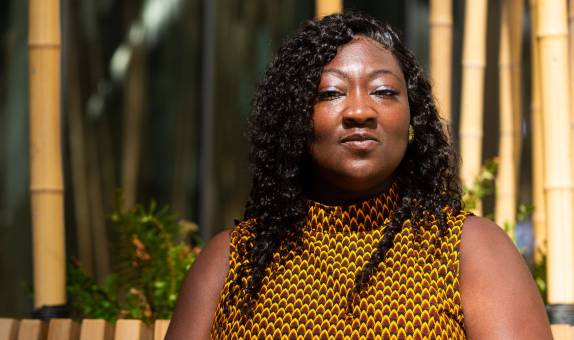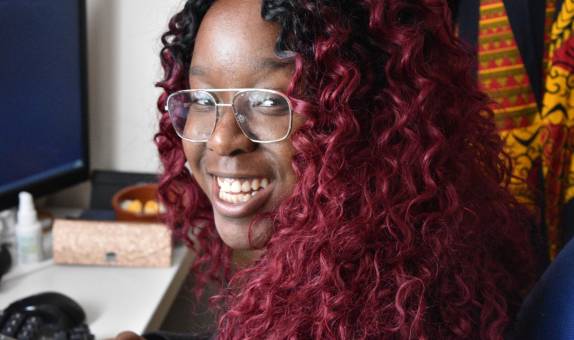Celebrating LGBT+ History Month
To mark this year's LGBT+ History Month, Kingston University's staff and students have come together in celebration by organising events (including key speakers and a drag show), art installations and much more.
What's on
More information about student events
For more information about student events, check out the LGBT+ page on the Union of Kingston Students website.
LGBT+ resources
- LGBTQ resources on Student Minds
- LGBT Health
- Mindout – mental health charity
- MindoutPlus – support for over-50s
- Open Doors London – support for over-50s feeling isolated
- The National Centre for Transgender Equality
- Proudtrust – find a local group
- Stonewall – help and advice
- Switchboard – LGBT helpline
- Kingston University wellbeing services – access support and resources
- Kingston Kanopy – streaming service with LGBT+ stories
- LGBT+ History Month website
LGBT+ collection
To celebrate our diversity, inclusivity and inclusion the STTB staff network have purchased a range of books and e-books, available in the Libraries.
These are on a range of topics related to LGBTQ+ Do take a browse of the list of resources. They may help inform your work, teaching, practice or understanding, or challenge your perceptions or preconceptions. Happy browsing and reading.


